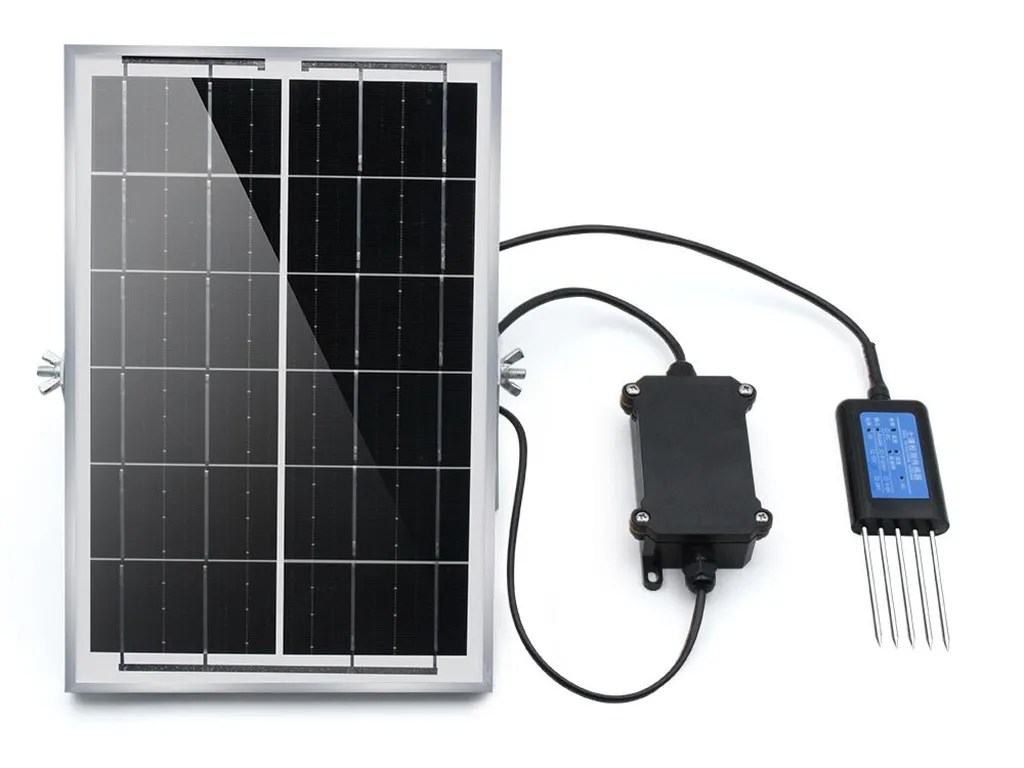In the heart of the Midwest, a team of researchers led by Brian E. Saccardi from the Prairie Research Institute at the University of Illinois at Urbana-Champaign has developed a groundbreaking tool that could revolutionize how we monitor soil carbon fluxes. Published in the journal *Frontiers in Plant Science* (translated from the original name *Frontiers in Water*), their work introduces a low-cost, lightweight, and portable CO₂ flux chamber designed specifically for use in remote and understudied regions. This innovation addresses a critical gap in our understanding of the terrestrial carbon cycle, offering a more accessible and scalable solution for measuring soil CO₂ emissions.
Soil CO₂ fluxes are a vital component of the carbon cycle, yet measuring them has historically been expensive and logistically challenging, particularly in remote areas. Saccardi and his team sought to change that by creating a chamber built from open-source and off-the-shelf components. The design prioritizes simplicity, affordability, and ease of construction, making it an attractive option for researchers and land managers alike. “Our goal was to develop a tool that could be easily deployed in the field without requiring specialized equipment or extensive training,” Saccardi explained. “By lowering the barriers to entry, we hope to expand the network of soil carbon flux monitoring sites, particularly in regions that have been historically understudied.”
The team tested their chambers at agricultural and prairie sites in Illinois and Nebraska, evaluating their performance through rigorous error analysis. Their findings revealed that chamber size and sampling frequency play crucial roles in reducing measurement error. Moreover, the data collected fell within the observed ranges for prairie CO₂ fluxes reported in the literature, validating the effectiveness of their design. “The results were very encouraging,” Saccardi said. “Not only did our chambers perform well in the field, but they also provided valuable insights into the carbon dynamics of these ecosystems.”
The implications of this research extend far beyond academia. For the energy sector, accurate and widespread monitoring of soil carbon fluxes is essential for understanding the impacts of land use changes, such as reforestation or agricultural practices, on carbon sequestration. As governments and industries increasingly prioritize carbon neutrality, tools like Saccardi’s CO₂ flux chambers could become invaluable for tracking progress and verifying emissions reductions. “This technology has the potential to support large-scale carbon monitoring efforts, helping industries and policymakers make informed decisions about land management and carbon offset programs,” Saccardi noted.
Beyond its commercial applications, the simplicity and affordability of the chambers make them an excellent educational tool. By enabling students and researchers to conduct their own soil carbon flux measurements, the technology fosters hands-on learning and engagement with critical environmental issues. “We see this as a way to democratize access to carbon monitoring technology,” Saccardi said. “The more people who are involved in collecting and analyzing this data, the better we can understand and address the challenges of climate change.”
As the world grapples with the urgent need to reduce greenhouse gas emissions, innovations like Saccardi’s CO₂ flux chambers offer a glimmer of hope. By making soil carbon monitoring more accessible and scalable, this research could pave the way for more comprehensive and accurate assessments of carbon dynamics across diverse landscapes. The future of carbon monitoring is looking brighter, one chamber at a time.

